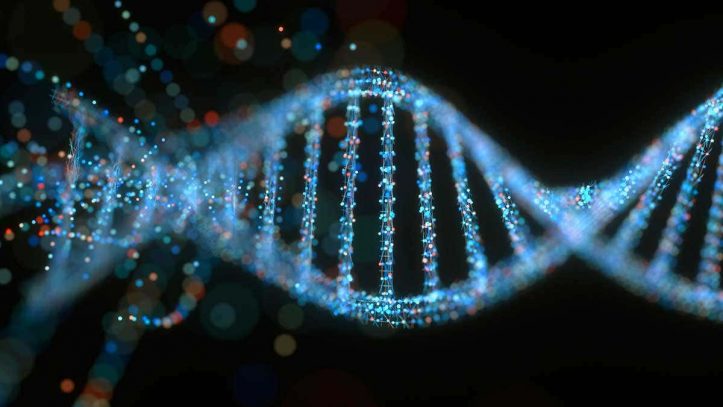What is DNA? The short answer: DNA is the master genetic code, the blueprint of life on the planet. DNA is passed down from generation to generation within a species as part of the genetic code. It contains instructions for creating all living organisms. DNA is written in a sequence called DNA base code, which has six letters that code for each letter of the genetic sequence.
DNA contains information that enables the genetic machinery to build proteins, cells, and the whole organism. DNA is passed down from generation to generation by inheritance. It is necessary for all living things to survive by copying DNA within its DNA structure and making copies of themselves during cell division.

The DNA is produced in living organisms through a process called transcription. Transcription is a method used to control what comes out of the genetic code in response to a stimulus. There are two components of DNA that can be altered genetically, the DNA phosphate group and the DNA amino acid group. The DNA phosphate group and the DNA amino-acid groups can be altered by natural selection or by mutation. DNA is passed down from generation to generation by inheritance throughout the life of an individual.
The DNA is made up of three billion base pairs, which are made up of A, C and G. These base pairs are held together by a repeating DNA sequence called the DNA double helix. The DNA strands that make up the human body are held together by about twenty pairs of DNA bases called the DNA base pairs. In the past, the DNA was thought to be randomly generated by chance.
During recent studies, it was discovered that every living cell contains DNA and it is identical in each cell. Because of this, it is possible to determine what the DNA looks like by looking at the genetic makeup of living cells such as yeast, algae, plants, and worms. The DNA strands are found on the outside of the cells and inside the nucleus.
The DNA is responsible for creating the genetic material called the genetic code that determines all of the characteristics of an individual person. Every living cell contains DNA and the DNA is carried throughout the human body by white blood cells. The DNA is not contained within the nucleus of any living cell. Approximately three billion men, women, and children carry the DNA genetic material called the DNA in their cells.
The DNA is found in every cell of your body and it contains the genetic instructions necessary for creating and developing a person’s physical traits. It also carries the genetic information for making the genetic material called RNA or DNA RNA, which is essential for the genetic synthesis that creates the genetic material needed to form the rest of the human body. When a person’s DNA is broken down, the piece that is lost often contains instructions for creating other DNA molecules. This DNA can be used to create a new life form or it can be used to replace the DNA that was removed.
Mitochondrial DNA is passed from the mother to her children, while the father’s DNA is not passed down through the maternal line. The only way to determine whether or not a man is the biological father of a particular child is to have a paternity test performed. The test is designed to look for differences between the DNA in the man’s cells and that of the woman’s cells. There is not enough DNA present in the male’s cells to determine if he is the biological father, therefore the test measures the difference.